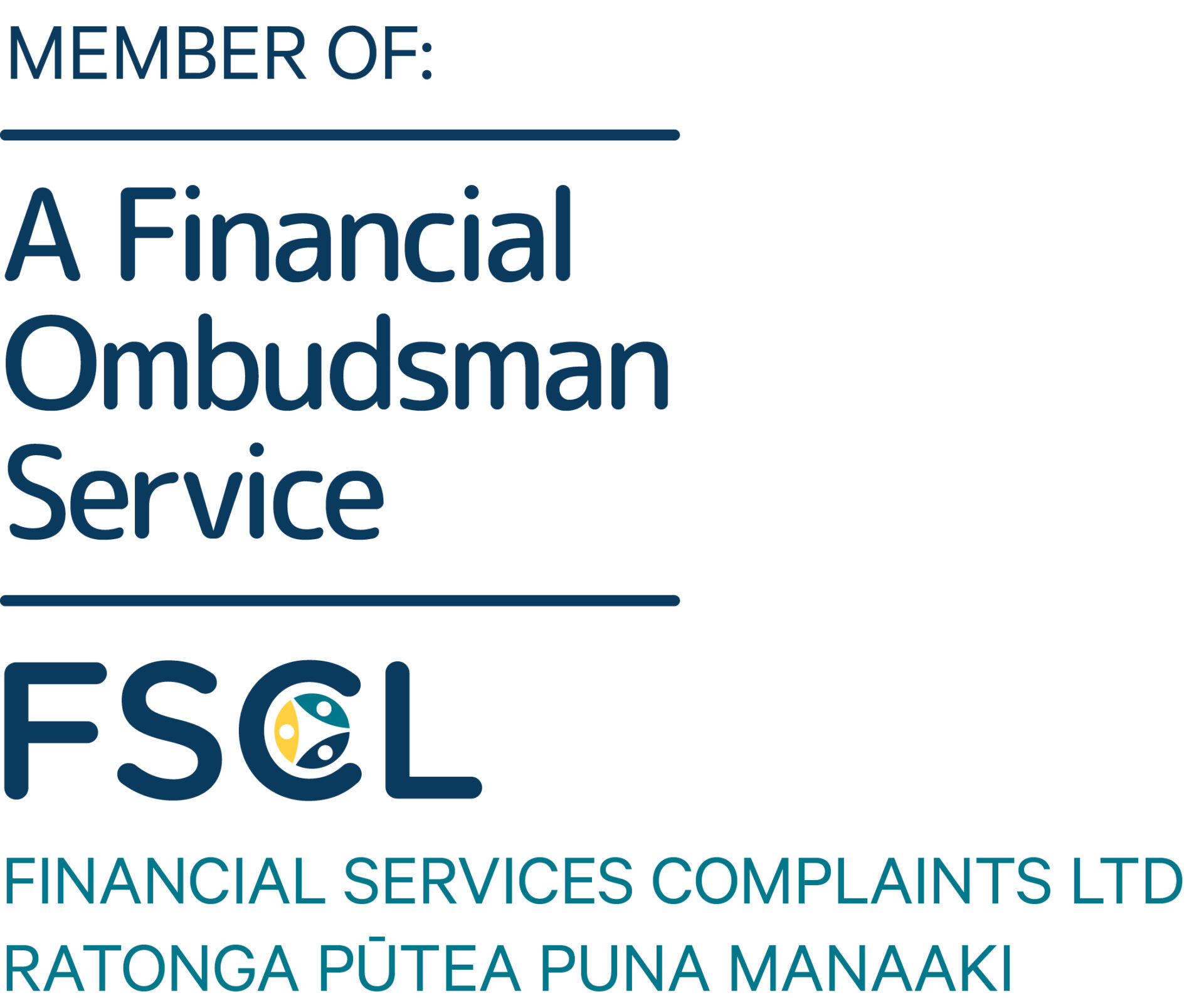Investment Commentary: Volatility and Capital Destruction
Last week we saw investment market volatility which no doubt caught many by surprise. Indeed, we have not seen asset price movement of this magnitude for quite some time. But does it really matter?
Asset prices rise and fall all of the time and whilst the magnitude of the move last week will have opened eyes, and no doubt hurt some people, there is a difference between volatile markets and capital destruction. It is the latter point that, at all costs, needs to be avoided. Long-term investors that are diversified and well positioned should be able to weather such storms provided their demands on cash flow are in line with their income and does not necessitate disposal of assets at such times.
Without wanting to teach grandmother to suck eggs, volatility is the measurement of the change of an investments price when compared to history. Typically, it is measured by using the standard deviation or the variance of an asset’s return which anchors long-term measurements. Big movements outside of this, as one would expect, raises eyebrows.
So what?
Economically, the world is in rude health with global economic growth forecast to be in excess of 3% in 2018. However, the level of growth has been steadily pared back since the US Administration sparked the trade war which, was flagged in the run up to the election in 2016. From a credibility point of view, the Administration had to begin this war especially since the US ripped up almost all existing trade agreements with the rhetoric that they were unfair to the US. Indeed, the Republican faithful ‘demanded’ it and in the run up to the mid-terms this will be a key point of policy dialogue and re-election ambitions.
Whilst the global economy is proving to be robust, central banks’ policy on interest rates is diverging markedly. The US Federal Reserve through the Federal Open Market Committee (FOMC) has continued to raise interest rates whilst other countries remain on hold or look poised – albeit anecdotally – to potentially lower interest rates. In the US, rising yields in the US 10Y are acting as a brake on the economy simultaneously with the actions of the central bank itself. This, coupled with a removal of QE from the system should, slow the US in the coming months but this may not be seen in any material way in the reported numbers for many months to come.
However, we do have a barometer.
Investment markets are, in theory at least, supposed to provide some insight into the future of the economy and recent earnings releases suggest that the slowdown has commenced. This is not necessarily a bad thing, assuming the bottom itself doesn’t fall out of the economic engine, as it will allow the inflationary pressures – that are building – to moderate. What is often forgotten, is that global trade has removed barriers and allowed once domestically focused companies to derive revenue from overseas. And this is not just from selling products overseas and shipping them either. More, the advent of internet commerce has enabled companies to extend their reach into economies not hitherto economic to transact with. However, there is a ‘downside to this’ and that is companies are affected by changes in trade more significantly than they previously were.
Another headwind for US profitability may come in the form of the US Dollar (USD). With the rise of the USD over the past few months, goods and services exported from the US have become increasingly expensive and that is excluding trade tensions and tariff increases. This may serve to lower demand and consequently squeeze profits.
There is an expression that says ‘when the US sneezes the rest of the world catches a cold’ and this is worth bearing in mind as we observe events unfolding. The US is a prolific consumer and still, despite the rise of other economies, remains the principal driver of commerce around the world. To put it mildly, a US in recession would not be good for global economies.
The good news is that the US is hard to push into recession and there remains little evidence to suggest this is will be likely anytime soon. This statement appears to be corroborated by the US bond market too given any imminent meltdown in growth would, in the normal course of action, see bond yields declining meaningfully and not instead pushing higher. But, there are many interplays going on currently and these bear watching closely.
What is certain is that we are in for more volatile times and investors should expect it. Currently, the macro environment is tense. Trade issues are a concern and Italy’s budget has presented investors with an issue whilst Brexit continues to face uncertainty and the road to a deal remains difficult. And, all this, at a time when monetary conditions are tightening with the US Federal Reserve raising interest rates, bond yields rising and the removal of Quantitative Easing by the US and, at the end of the year, the European Bank.
But, central banks and governments will not wish to see economies fall into disrepair and will, if necessary step up to the plate again. But it should be noted that economies are generally at their peak but is growth of 2.5%-3% bad with inflation remaining (for now) contained?
Again, expect a volatile environment, remain diversified and keep the long-term in view to wealth creation. Investment markets do not go up in a straight line and a retrenchment and consolidation should be welcomed.
Volatility is not the same as capital destruction.
Tim Chesterfield, Chief Investment Officer at Openly








